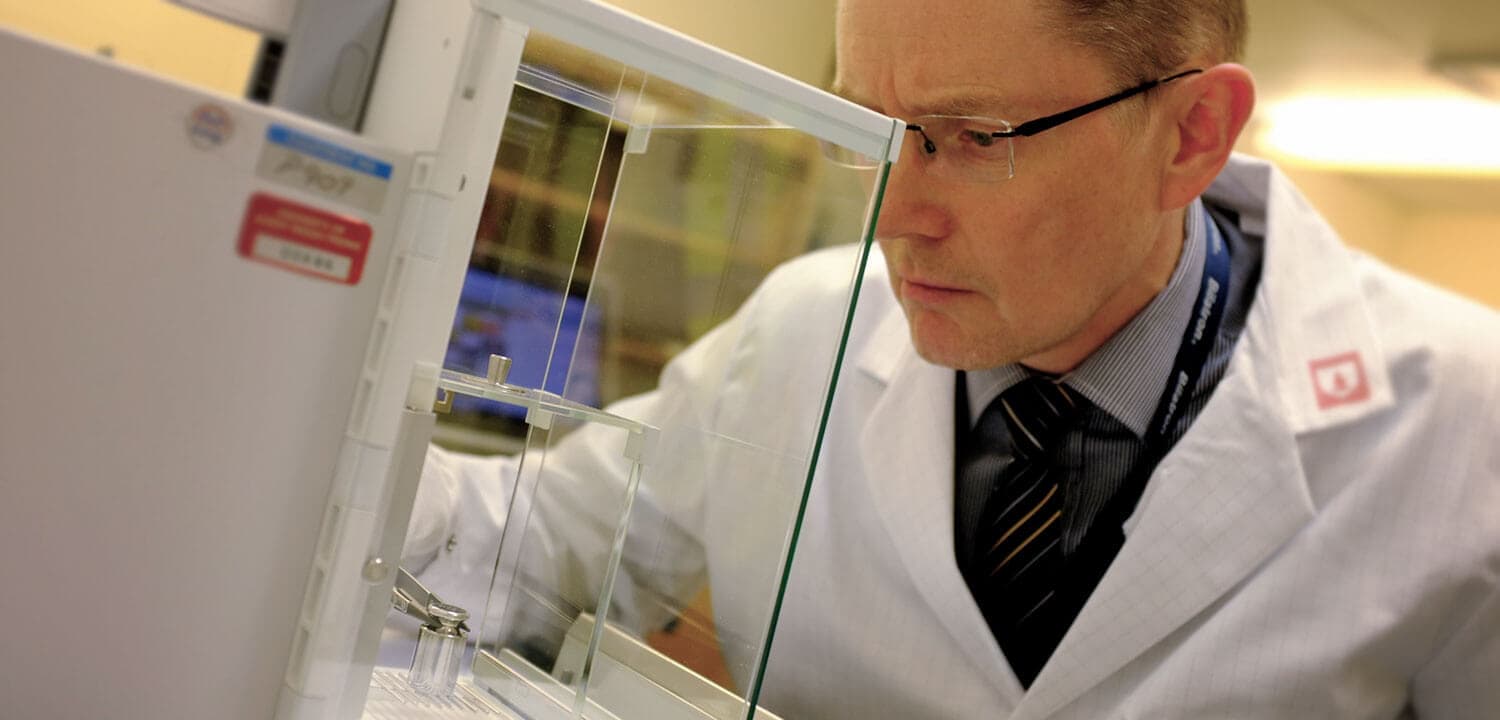Gently does it: How to handle test weights

It’s important to calibrate balances and scales at regular intervals to ensure they remain accurate. But what’s arguably just as important is using accurate weights to perform the scale calibration in the first place.
With just one inaccurate test weight having the potential to give unreliable measurement results across all the scales and balances it has been used to calibrate, it is important to look after your weights properly.
Read on for our top tips for storing, handling and caring for your test weights to ensure they remain accurate.
Safe storage
Did you know that small dust particles can affect calibration results on highly sensitive balances? This can be avoided by storing test weights in a protective case when they’re not in use.
The case should be clean and free of particles, with the material used for the lining not shedding any fibres, as this could affect the accuracy of the weights. Specially designed test weight cases have individual compartments with each weight fitting in its own compartment neither too tightly or too loosely.
Keep the case closed at all times to avoid the risk of dust contamination and keep it in a place where there is no extreme temperatures, humidity or vibrations.
Handle with care
The low tolerances of high accuracy weights mean they can be easily damaged during use or contaminated during handling. To avoid these scenarios, it’s essential to use appropriate handling methods to ensure test weights remain accurate.
Even clean and dry hands can leave a greasy or oily film on weights which can affect the readings during measurements. This makes wearing cotton or chamois leather gloves a requirement when handling test weights. The use of gloves prevents skin acids from contaminating the weights and leading to corrosion, while also reducing the effects of heat from the operator’s hand. Make sure the gloves used to handle the weights do not leave lint or loose materials on the weights.
Small test weights should be picked up using tweezers covered with a suitable material so that the metal surface does not come into contact with the weight. However, it’s important to take care when using plastic tipped tweezers as the plastic easily wears and may allow contact with the metal of the tweezers’s tips. Additionally, some plastic tipped tweezers can become contaminated with dirt, which is then transferred on to the weights being handled.
Metal-to-metal contact should be avoided completely as this causes damage to the surface of the test weights. During calibrations, create a barrier between the balance and the weight by placing acid free tissue paper on top of the balance. Avoid damage, wear or corrosion from other weights by not stacking weights on top of one another.
Keep ‘em clean
Before using high accuracy weights e.g. F1 or E2, check the weights for dust, fingerprints or dirt, and use a soft brush to remove any stains before starting the calibration process. Do not touch the bristles of the brush with your bare hands, and make sure you clean the brush regularly and thoroughly.
Following our guidelines can help keep your test weights accurate between calibrations, but for optimum performance we recommend a professional calibration once every 12 months. Speak to us today for a competitive quote on your next weight calibration.